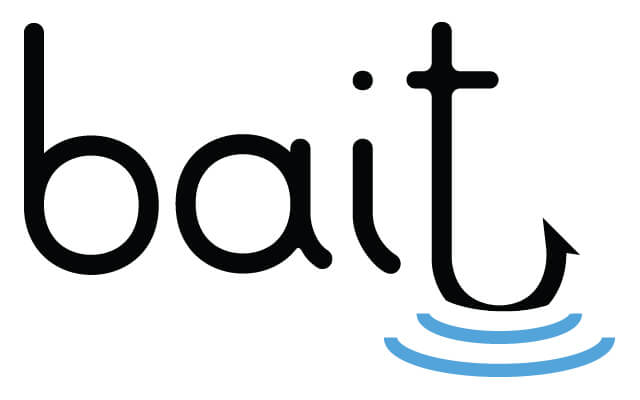Employer Branding, simply put, is the perception of your company as an employer, amongst current and prospective employees.
In a world where companies compete to attract, hire and retain the best talent, this perception can mean the difference between success and failure.
Let me explain why. Let’s assume that there is an employee who has a job offer from two companies. Both are offering her the same salary. The same perks and benefits. The same job title. Which one is she more likely to join?
The fact is that, as an employer, when you are hiring, there are a few things you can control and a few things you cannot. You can control the salaries you offer, the designation, the benefits and all of that. But unless you control it yourself, your reputation as an employer could be something completely in the hands of someone else. A disgruntled ex-employee? Even your competition could be posting about you. And it doesn’t mean it’s all complimentary.
Going back to the employee we met above, while facing this dilemma, she is quite likely to google information about both the companies and will probably choose the one with the superior image as an employer. That is the power of Employer Branding.
How many companies actually get it?
In a recent research by PWC I saw some divergent statistics. This was a research done amongst CEOs globally, and the objective was to understand what the CEOs’ priorities and challenges would be for the coming years.
Ninety-one percent of the CEOs believed that customers would be their top priority and retaining them would be a key challenge. Most of them were actually looking at increasing both headcount and marketing budgets to meet this objective with clients.
At the same time, almost 83% of the CEOs felt that finding and retaining the right skilled talent was a major priority, whereas only 51% saw their employees as among the top priorities for the organization in the coming future.
Do you see the dichotomy?
While the biggest challenge was finding and retaining talent that would allow them to engage successfully with customers, the CEOs were prone to invest more money on the customers themselves than their “biggest challenge” (talent acquisition and retention). To me, that doesn’t really compute.
It’s traditional for companies to direct their resources to build a large customer base, upgrade their services and offerings, and building a strong and reliable supply chain and sales mechanism, whereas talent acquisition is deemed to be the job of recruiters and the HR department. So, in a way, it’s understandable. You pay the HR guys to make that happen and if it’s not happening, you fire them and get another bunch of people to do that. But are you seeing the problem? Let’s recap:
- You are matching the best salaries in the industry.
- You have matched the best perks and benefits.
- You have the same career pathway and mechanisms of growth.
- Then, why are you losing talent to competition?
- It’s not the fault of HR.
- It’s your Employer Branding.
So who is responsible for Employer Branding?
If you are still thinking traditionally, you are likely to think that it’s the job of the HR team. They are the ones who are responsible for managing the Employer Branding. Not so anymore.
The fact is that when a candidate is considering a company for a job, she is likely to search for a lot of different types of information:
- How is the company performing?
- Who are their clients?
- What are their future plans?
- Where does she fit into the big plan?
- What do their customers have to say about them?
- What’s the organization structure?
- What’s the work culture like?
These are just a few of the questions likely to run through a young applicant’s mind.
If you look at the questions above, you realize that Employer Branding is really the domain of the entire company. The Sales team, the Marketing team, the Finance team, the HR team and even the leadership team and especially the CEO are all essential to the formulation of an effective answer to all these questions. Yes, the HR team might be the ones putting it together. But the whole organization has to take equal responsibility in assisting the HR team in putting all the information together so it can reach employees, current and prospective, effectively.
How does Content Marketing fit in?
Content Marketing is the process of creating and distributing reliable and viable content to your target audience that helps them make a profitable transactional decision in your favor.
That being the case, and if you identify your current and prospective employees as your target audience, then the process of creating and distributing content that makes them choose you over your competition is the benefit that Content Marketing brings to you.
It’s always advisable to get an external Content Marketing company with the requisite skills to do this for you. Speak to them about your challenges and the kind of employees you are targeting and they will develop the right Content Marketing strategy for you, to make that happen.
If you are based in India, speak to us. Drop us a line and we can help you get this going.

